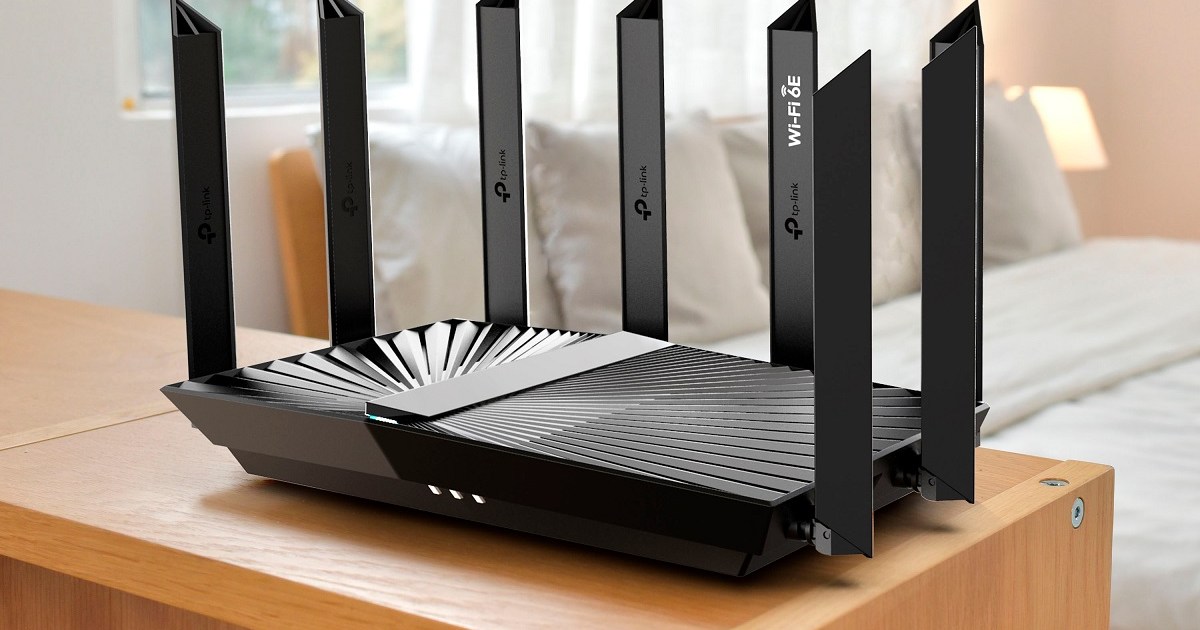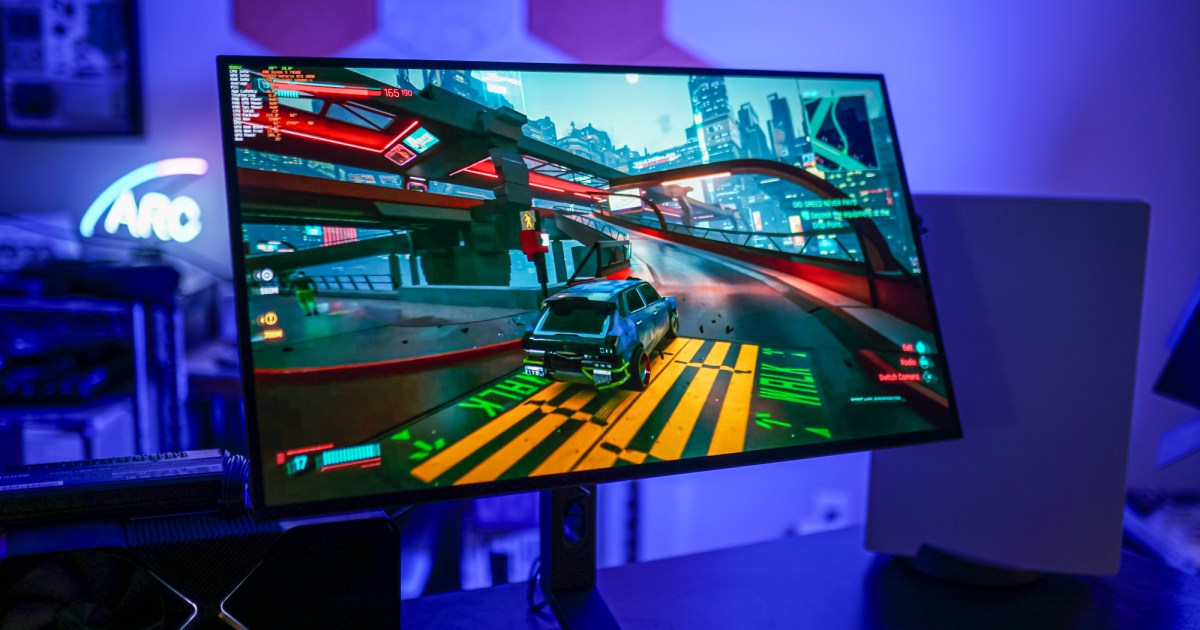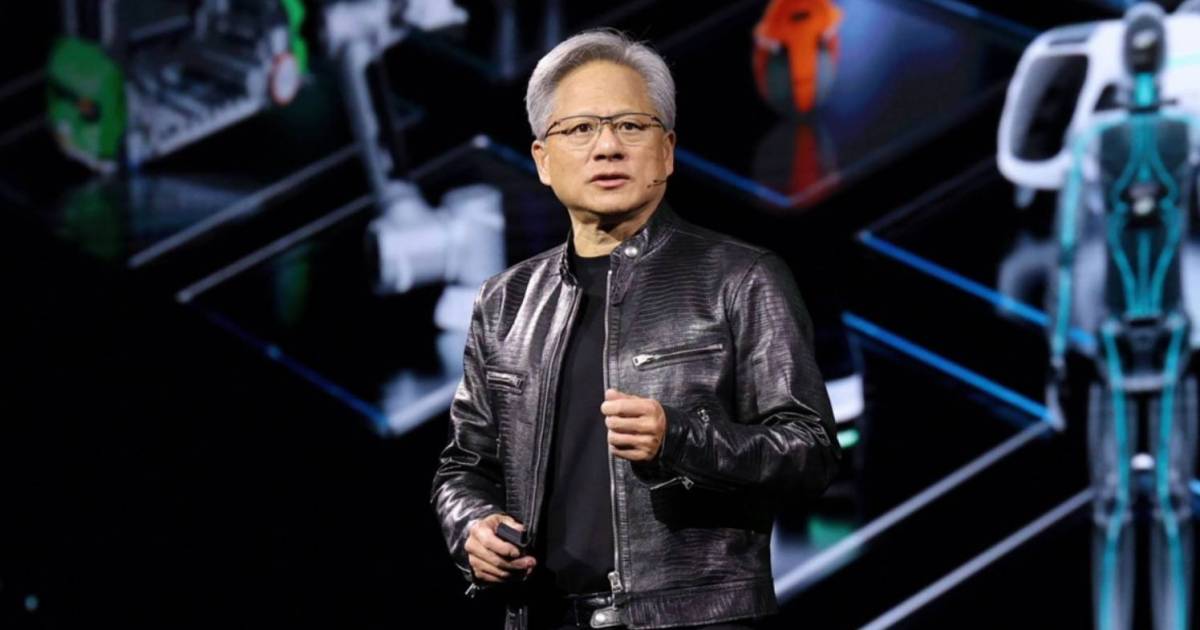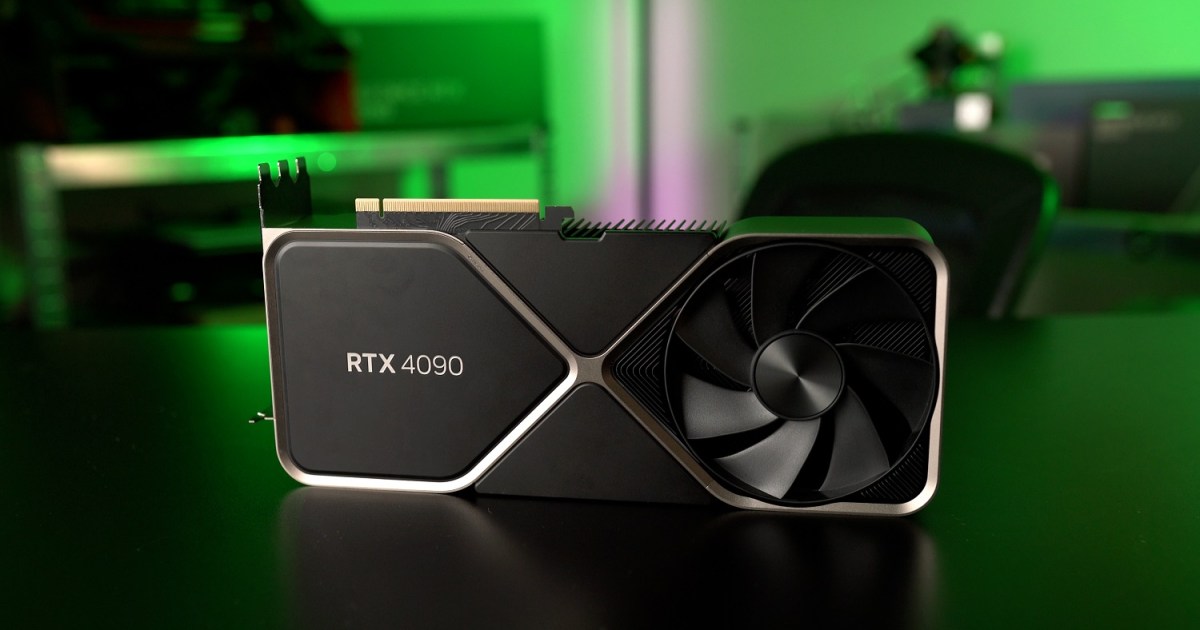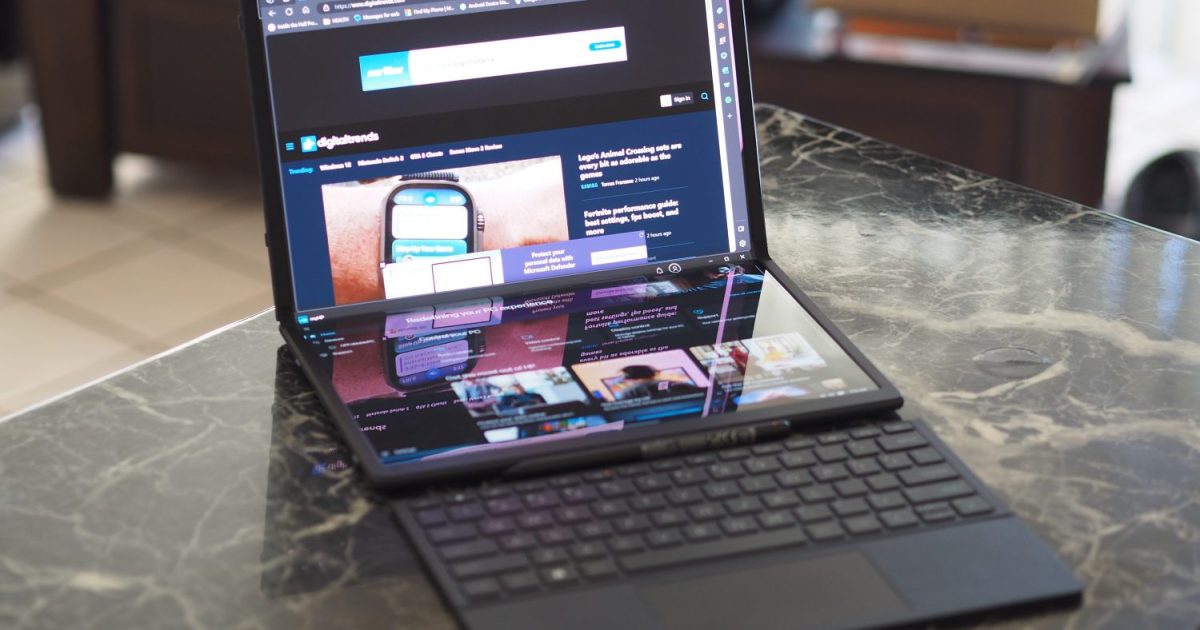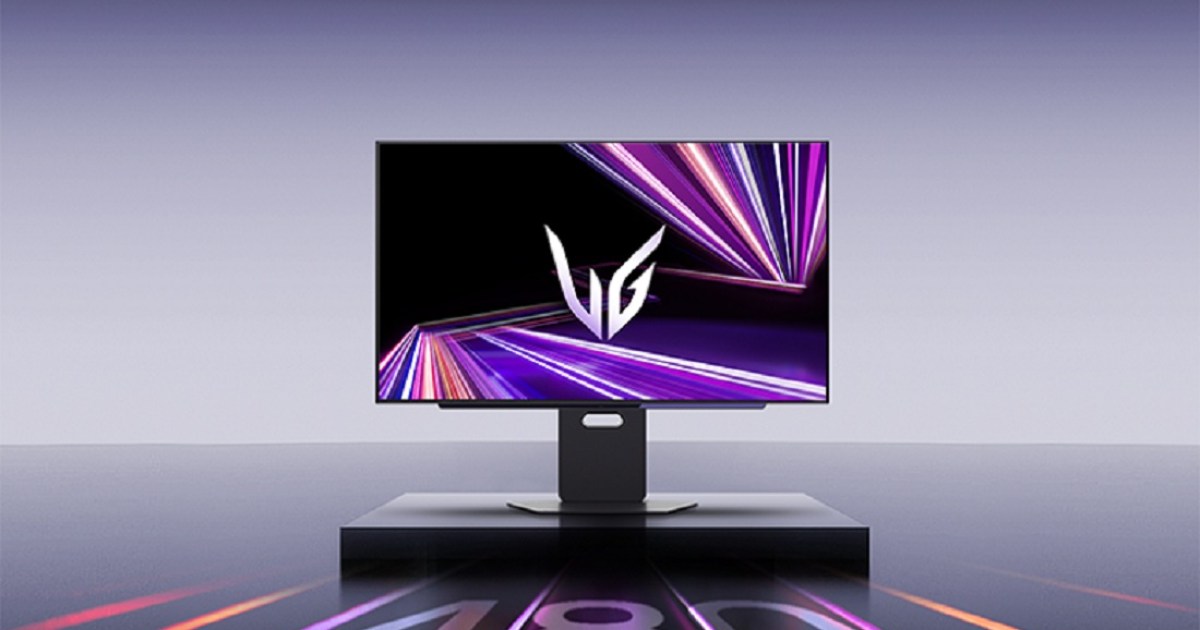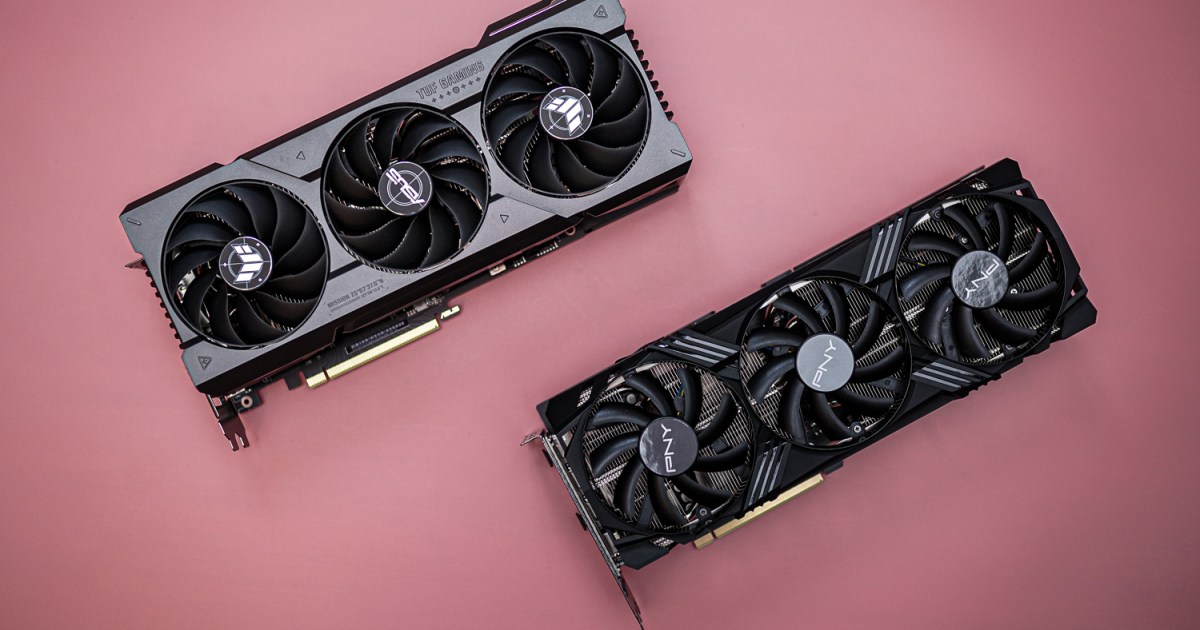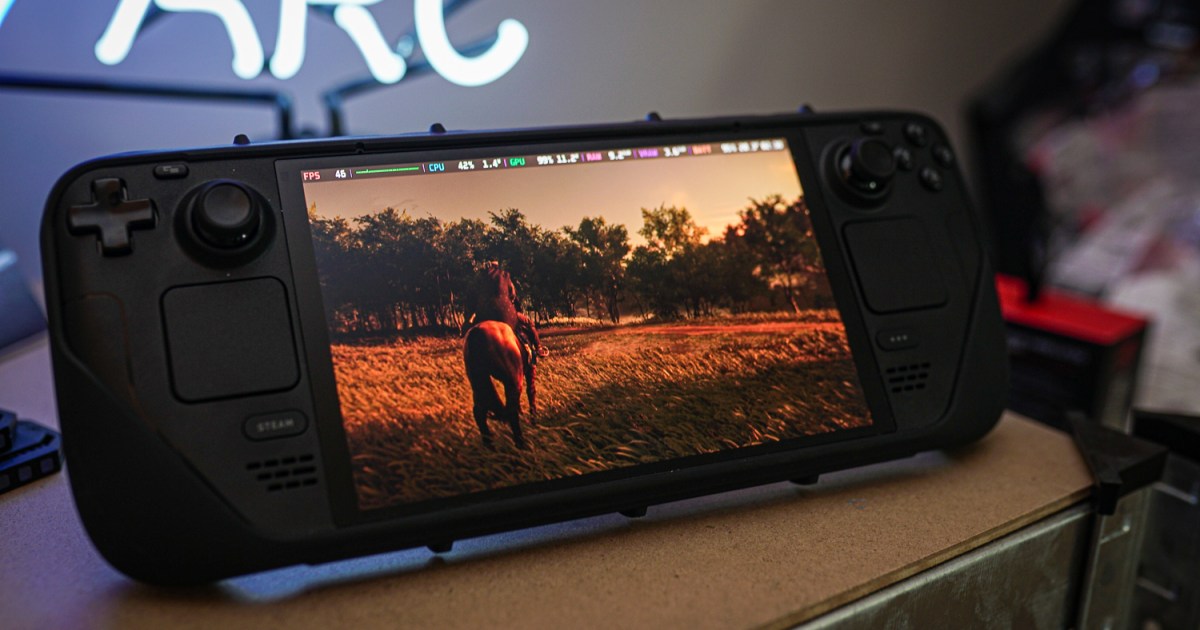Wi-Fi technology is evolving, and the upcoming Wi-Fi 8 standard promises a significant shift in focus. Instead of chasing ever-increasing speeds, Wi-Fi 8, based on the IEEE 802.11bn standard, prioritizes stability, reliability, and efficient spectrum usage, as highlighted in a white paper by MediaTek. This represents a departure from previous generations and introduces Ultra-High Reliability (UHR) as a key feature.
While Wi-Fi 7 and 8 share a similar theoretical maximum bandwidth of around 23Gbps, Wi-Fi 8 emphasizes effective throughput – the consistent speed users experience in real-world conditions. This means maintaining stable connections in everyday environments, rather than focusing solely on peak theoretical speeds.
Several key technologies contribute to Wi-Fi 8’s enhanced performance and coordination between devices and access points:
Coordinated Technologies for Enhanced Performance
- Coordinated Spatial Reuse (Co-SR): This technology improves signal management by enabling access points (APs) to coordinate their power output. MediaTek’s tests indicate Co-SR can boost system throughput by 15% to 25%, minimizing interference and optimizing performance in mesh networks.
- Coordinated Beamforming (Co-BF): Building upon existing beamforming techniques, Co-BF allows APs to precisely direct signals towards devices while mitigating interference. This is particularly advantageous in densely populated environments and can enhance throughput by 20% to 50% in mesh network setups.
- Dynamic Sub-Channel Operation (DSO): DSO intelligently allocates bandwidth to devices based on their individual needs and capabilities. This can result in throughput increases of up to 80%, ensuring faster data transfer for devices that require it.
- Improved Modulation Coding Schemes (MCS): With finer MCS level gradations, Wi-Fi 8 minimizes sudden speed drops as devices move, leading to transmission rate improvements between 5% and 30%.
Redefining Multi-AP Interaction
Wi-Fi 8 also revolutionizes how client devices, such as smartphones and laptops, interact with multiple APs. Unlike previous generations that operated on single channels, Wi-Fi 8 optimizes mesh networks to deliver seamless connectivity across different frequencies and APs, significantly improving the overall user experience.
The Future of Wireless Connectivity
While the future of Wi-Fi 8 looks promising, the development and implementation of Wi-Fi standards is a lengthy process. The first Wi-Fi 8 products are expected in early 2028, with final approval anticipated later that year. Currently, many top laptops and routers are just beginning to adopt Wi-Fi 7, while some still rely on Wi-Fi 6E.
Wi-Fi 8 signifies a paradigm shift in wireless technology. The emphasis is moving away from the pursuit of maximum speed and towards consistent, reliable performance. This trend mirrors developments in other tech sectors, such as CPUs prioritizing power efficiency over higher clock speeds.



